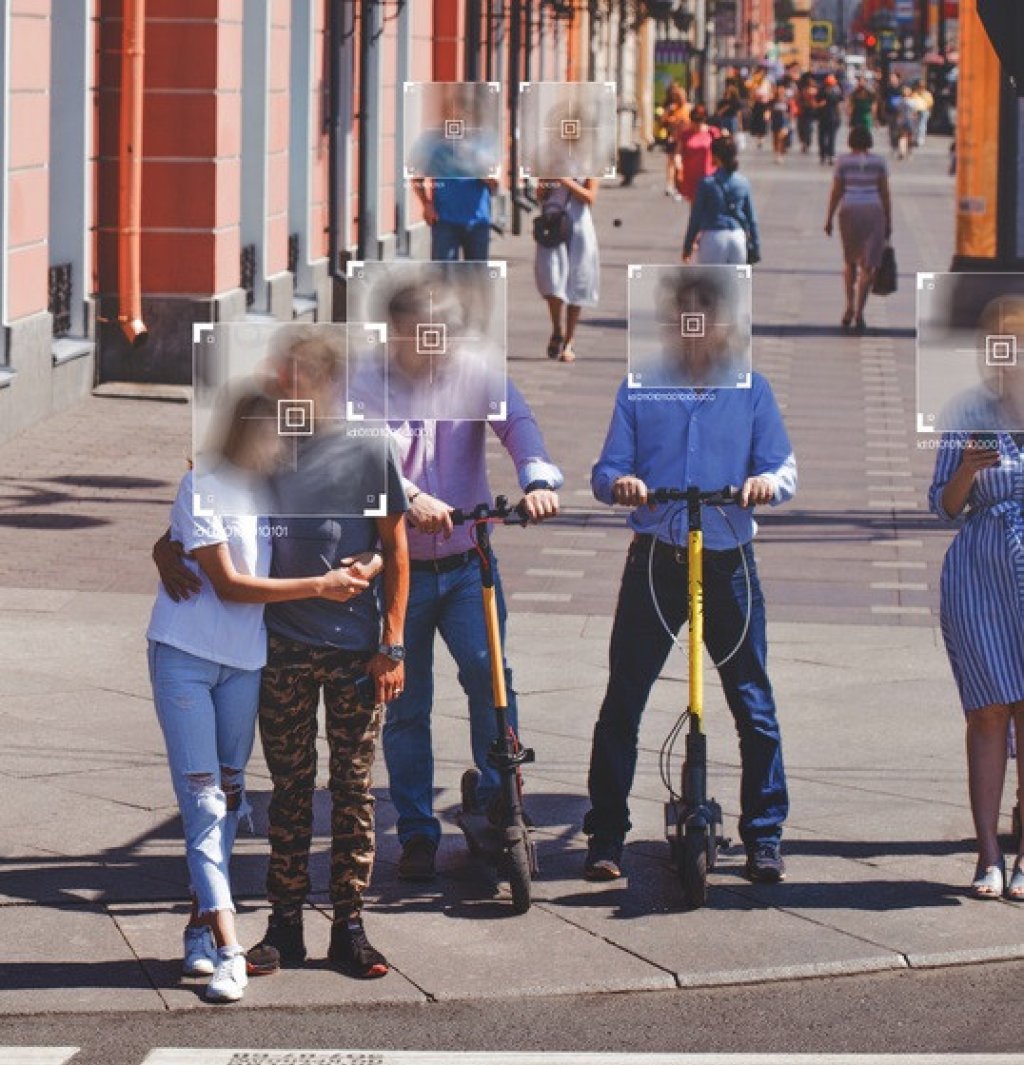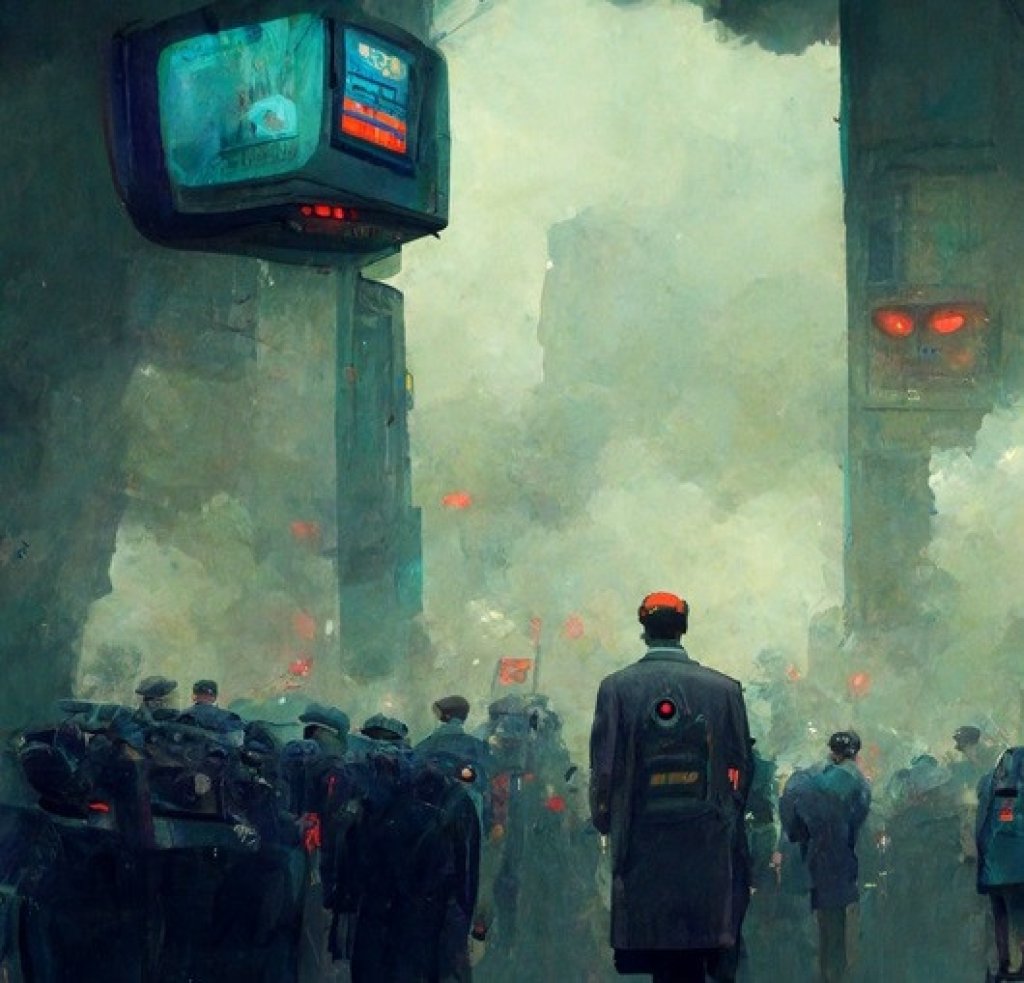Why organisations need face blur software
Face blur software is needed to prevent anyone in your organisation from accidentally, wilfully or maliciously sharing video footage or an image that contains sensitive or private information, such as people’s faces or other personally identifying information (PII).
Most people are caught on CCTV security cameras dozens of times a day.
Cameras are used to monitor crowds, to monitor car parks, to observe traffic, and to protect retail stores, transport hubs, tourist facilities, warehouses and offices. CCTV cameras also function as security guards on the streets and around public spaces in cities and towns.
Public bodies and commercial organisations need face blur software for many reasons, particularly if they handle sensitive or confidential information.

Why choose to blur faces?
Blurring provides the best option when you want to maintain the integrity and context of an image.
Blurring de-emphasises personal information, but does not completely obscure it. Viewers can tell that blurred components form part of a larger picture.
Today’s face blur technology enables you to select where blur is applied and the intensity of the blur. The face blurring process is automated and fast.
When do organisations need face blur software
Here are some examples of when organisations benefit from face blur technology:
Privacy protection
In cases where individuals' privacy needs to be safeguarded, such as in research studies, interviews, or documentary filmmaking, face blur software helps conceal identities.Legal compliance
In legal proceedings or investigations, organisations often deal with sensitive information. Faces and other distinguishing elements are considered personal data, which must be protected.
Face blur software ensures compliance with regulations such as GDPR (General Data Protection Regulation) by anonymising faces in recorded footage.Security concerns
In surveillance footage or security recordings, it is crucial to blur faces to protect the identities of employees, customers and other visitors to your site. Face blurring helps to prevent unauthorised use of sensitive information.Media production
In cases where organisations produce media content, such as news reporting or reality TV shows, individuals who have not consented to being filmed should have their faces blurred to maintain their privacy rights.Data anonymisation
In data sets used for research or training AI models, facial recognition, or other analytics, face blur software ensures that personally identifiable information (PII) is removed, which reduces the risk of data breaches or misuse.Public safety
In situations where releasing footage of incidents could endanger individuals, such as protests or crime scenes, face blur software can be used to obscure faces while at the same time maintain the ability to convey the important and necessary information.Ethical considerations
Organisations may use face blur software as part of their ethical practices to respect the privacy and dignity of individuals, especially in sensitive or vulnerable situations such as in healthcare environments or when recording young people.
Face blur software is a valuable tool for organisations that helps them to maintain privacy, comply with regulations, enhance security, and uphold ethical standards in a wide range of contexts.
Organisations that require real-time face blurring
When CCTV cameras operate full-time, there is a risk of breaching people’s privacy rights.
Privacy is a heightened consideration when CCTV is in operation in sensitive locations such as schools, hospitals, public spaces and transport hubs.
Live face blur software safeguards organisation that are committed to upholding privacy standards and complying with regulations.
Live face blur solutions enable the security teams of many types of organisations to monitor high-risk areas without exposing individuals’ faces, unless it becomes necessary to investigate an incident.
Face blurring to fulfil subject access requests
To comply with GDPR, organisations are legally required to provide any personal data kept on an individual, including video footage.
When an individual requests to see video data held on them, the organisation (Data Controller) must blur the faces of all but the subject (Requester) so as not to breach the privacy rights of anyone else captured in the video footage.
While the person who made the data request can remain visible, others who appear within the image must be blurred to prevent identification.
Face blurring applications for CCTV video
Facit’s Identity Cloak is a redaction system that enables organisations to blur faces and to redact people, license plates, house numbers and any other PII from images and video footage.
Identity Cloak redaction software operates on an organisations’ already-installed cameras and enables an organisation to manage face blurring quickly and cost-effectively entirely in-house.
Related articles
A complete guide to face blurring software



